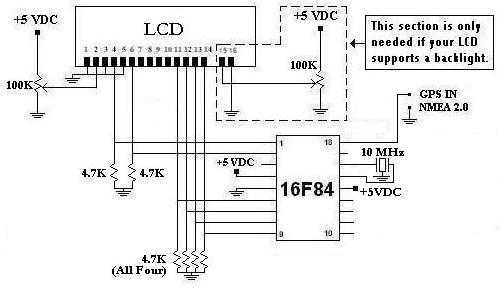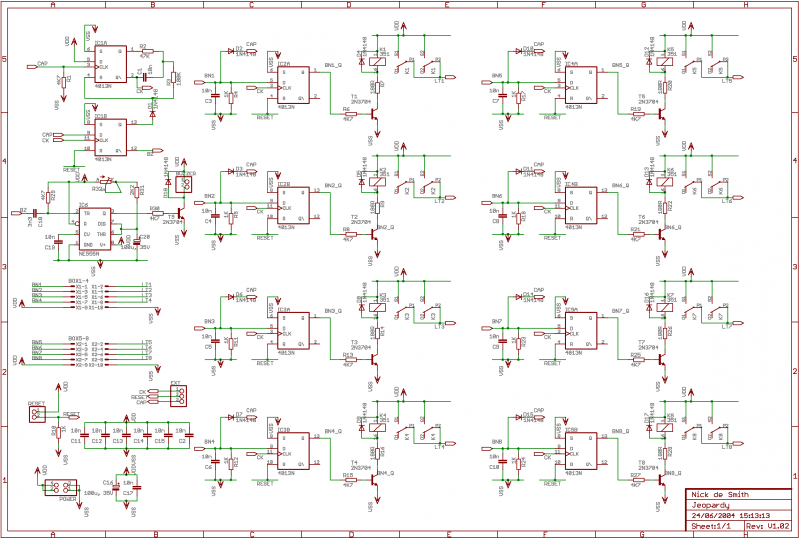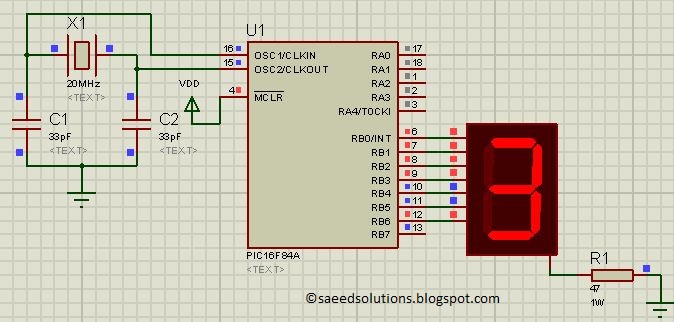
My GPS LCD Display Project

This is a project that I started back late 2003 when I just starting to learn PIC programming. I wanted to building something that actually did something useful. This project is based on a PIC16F84. I actually came up with this idea and then after doing some searching I found that a few people had the same idea. But, I wanted to build my own that I could call mine, developed by me.
The project centers around the PIC16F84 microcontroller, which is an 8-bit device from Microchip Technology. It features 1 KB of program memory, 64 bytes of RAM, and 13 I/O pins, making it suitable for a variety of applications. The microcontroller operates at a maximum clock speed of 20 MHz, allowing for efficient processing of instructions.
The circuit design incorporates essential components such as a crystal oscillator for precise timing, capacitors for stabilization, and resistors for current limiting. The PIC16F84 is programmed using the Microchip MPLAB IDE, which enables the development of firmware to control the microcontroller's operations.
Input and output interfaces are implemented through the I/O pins, which can be configured for digital input or output. For example, LED indicators can be connected to the output pins to provide visual feedback, while push buttons can be used as input devices to interact with the system. Additionally, the circuit may include a power supply section, which typically consists of a voltage regulator to ensure stable operation of the microcontroller.
The development of this project not only demonstrates the practical application of microcontroller technology but also serves as an educational tool for learning programming and circuit design. The project can be expanded with additional features such as communication interfaces (e.g., UART or I2C) to connect with other devices, enhancing its functionality.This is a project that I started back late 2003 when I just starting to learn PIC programming. I wanted to building something that actually did somthing useful. This project is based on a PIC16F84. I actually came up with this idea and then after doing some searching I found that a few people had the same idea. But, I wanted to build my own that I could call mine, developed by me. 🔗 External reference
The project centers around the PIC16F84 microcontroller, which is an 8-bit device from Microchip Technology. It features 1 KB of program memory, 64 bytes of RAM, and 13 I/O pins, making it suitable for a variety of applications. The microcontroller operates at a maximum clock speed of 20 MHz, allowing for efficient processing of instructions.
The circuit design incorporates essential components such as a crystal oscillator for precise timing, capacitors for stabilization, and resistors for current limiting. The PIC16F84 is programmed using the Microchip MPLAB IDE, which enables the development of firmware to control the microcontroller's operations.
Input and output interfaces are implemented through the I/O pins, which can be configured for digital input or output. For example, LED indicators can be connected to the output pins to provide visual feedback, while push buttons can be used as input devices to interact with the system. Additionally, the circuit may include a power supply section, which typically consists of a voltage regulator to ensure stable operation of the microcontroller.
The development of this project not only demonstrates the practical application of microcontroller technology but also serves as an educational tool for learning programming and circuit design. The project can be expanded with additional features such as communication interfaces (e.g., UART or I2C) to connect with other devices, enhancing its functionality.This is a project that I started back late 2003 when I just starting to learn PIC programming. I wanted to building something that actually did somthing useful. This project is based on a PIC16F84. I actually came up with this idea and then after doing some searching I found that a few people had the same idea. But, I wanted to build my own that I could call mine, developed by me. 🔗 External reference





